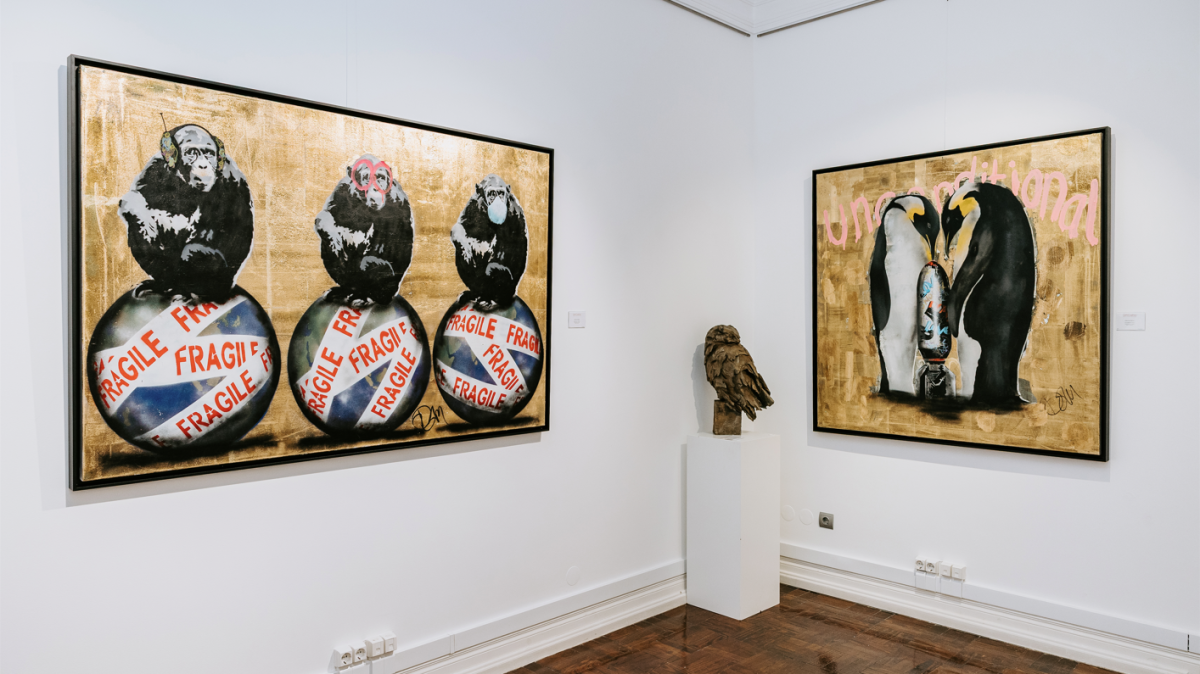Despite some missing pieces, Paulo Botelho, from Engobe – Archeology and Cultural Heritage, Lda, told Barlavento that the kiln is the first to appear in Faro, dating back to the 16th century, and that it was found well preserved.
Before the kiln was found, “evidence” of pottery activity in the region was also found, namely ash, revealing that there may be more kilns. Archaeologist Fernando Santos points out to Barlavento that Faro may not always have been a city where pottery was more prominent, compared to the cities of Lagoa, Silves and Tavira.
Fernando Santos also adds that the structures had little durability and that over time they could become unstable. In these cases, the solution would be to close the furnace or rebuild it, which is evident in some parts of the furnace found.
No intact ceramic pieces were found, only pieces that could have been the result of the last batch, which may have taken place in the early 17th century. Fernando Santos believes that Faro produced products such as “kitchen utensils”, such as pots and candles for lighting.
In early July, part of the structure had already been discovered, then with the support of Paulo Botelho, the research area was expanded, giving archaeologists more freedom to find artefacts. During the excavation process of the oven, traces of Roman works were also found, according to the weekly paper Barlavento.








